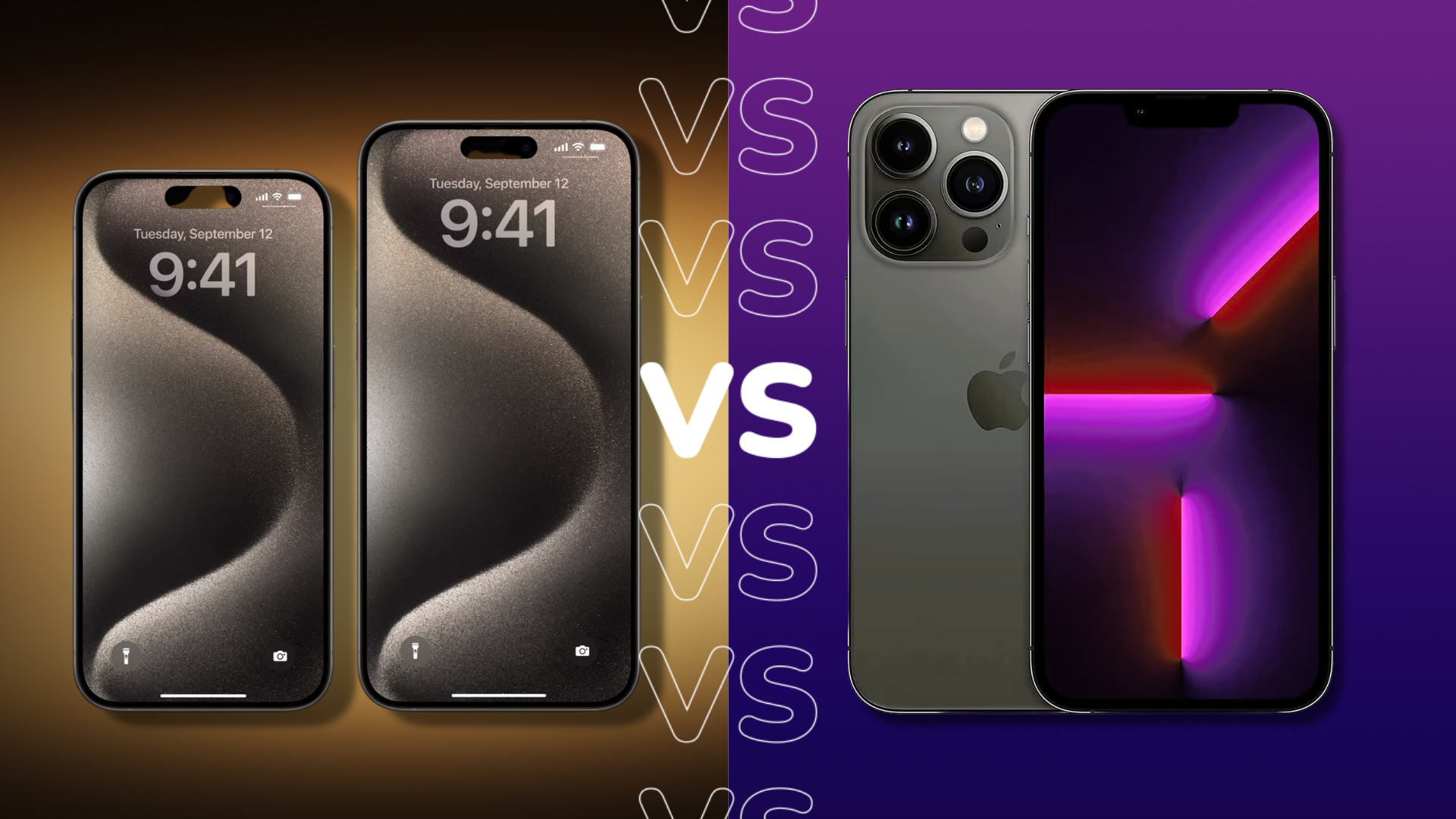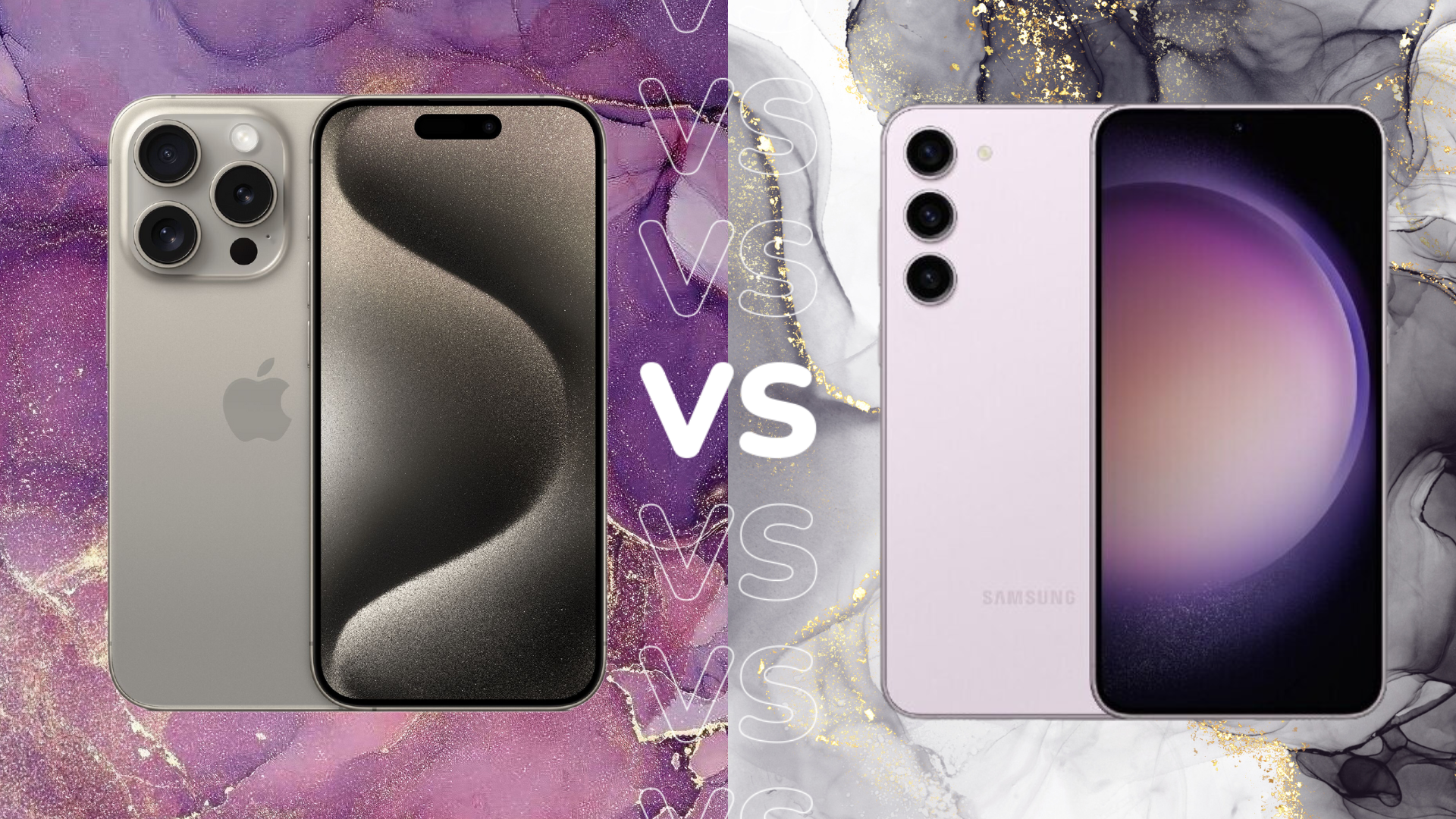iPhone 15 vs Google Pixel 7: Who wins the ultimate handset crown?
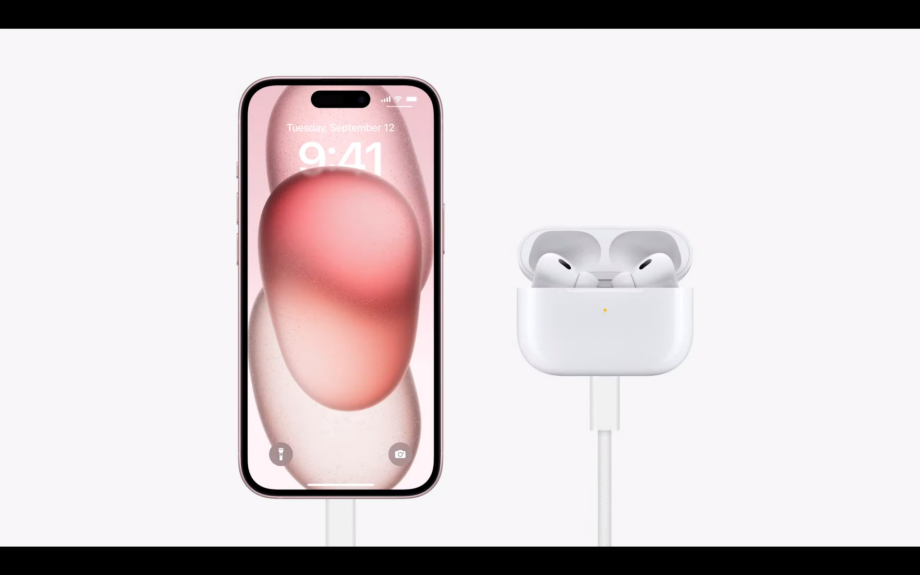
The handset wars are about to reach their peak with the launch of the brand-new iPhone 15, but can Google compete?
The launch of four brand-new Apple handsets – the iPhone 15, iPhone 15 Plus, iPhone 15 Pro and iPhone 15 Pro Max – has firmly put Apple back in the limelight.
The Wonderlust event has brought in a myriad of new features, from hardware to software, and we’re wondering if Google can even attempt to hold a candle to these new offerings. The Google Pixel 8 will be announced sometime in October, but for now, Google only has the Pixel 7 to fight off these new Apple handsets.
With that in mind, we’re going to be running through all the critical differences and similarities between the iPhone 15 and Pixel 7 so you can decide which handset is really worth your time.
USB-C charging for everyone
One of the biggest design changes to the iPhone 15 series has been almost forced on it, thanks to a new law introduced by the EU designed to reduce waste. The iPhone 15 line will now be using the standard USB-C port instead of the iconically exclusive Lightning port, which could be the end of an era for the Apple charging standard.
The Pixel 7 – and all the preceding Pixel models – already use USB-C as a standard for charging and data transfer. Since USB-C is a lot quicker in terms of data transfer than the Lightning cables ever were – and overall a lot more convenient – this could finally put Apple on the same page as its Google rival.
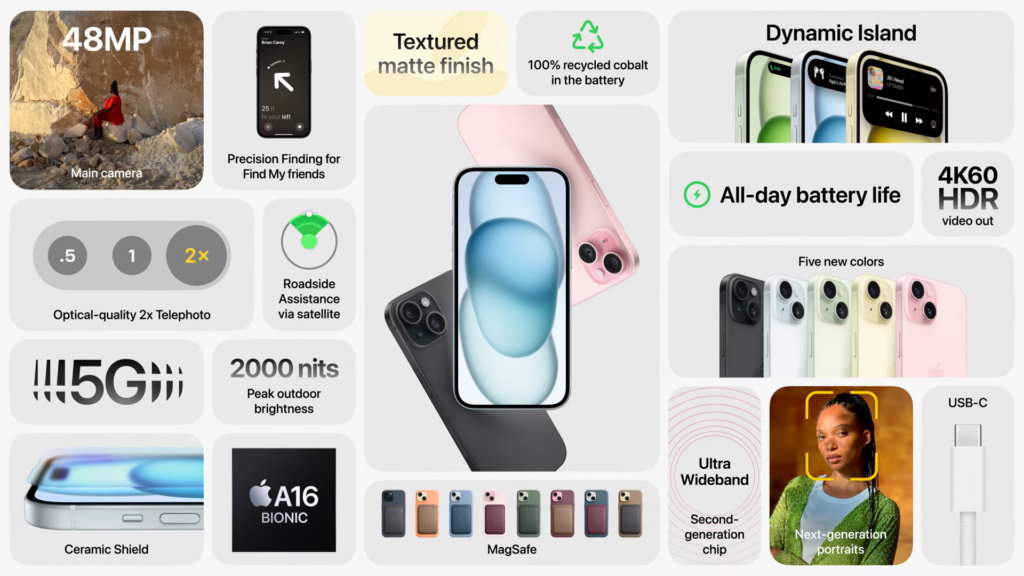
Google Tensor G2 vs Apple Silicon A16
In the same vein as the iPhone 14 range launch last year, Apple has chosen to use the chip used in the iPhone 14 Pro and Pro Max models in the base iPhone 15. The Apple Silicon A16 chipset is built on 4nm architecture with 16 billion transistors in total. It comes with a 6-core CPU – made up of 2 high-performance cores and 4 high-efficiency cores – and a 5-core GPU.
The Google Tensor G2 is the second in-house chipset from Google designed specifically for the Pixel range. It is also built on a 4nm process node and comes with an ARM Mali G710 MP07 GPU and a 2+2+4 CPU core cluster. Until we test the iPhone 15 in full we won’t be able to make any comments on performance, but it seems that both of these handsets will be more than capable of day-to-day browsing as well as gaming.
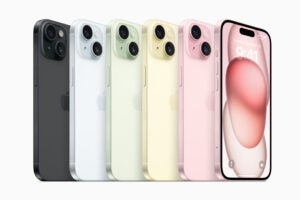
Pre-order the new iPhone 15 range at Box
The complete iPhone 15 range is now available to pre-order sim free at Box from just £799. Includes iPhone 15/15 Plus and Pro/Pro Max
- Box
- All colours! All variations!
- from £799 – £1,599
More display features on the iPhone 15
One of the biggest upgrades made to the iPhone 15 is the inclusion of Dynamic Island, which was previously exclusive to the iPhone 14 Pro and Pro Max models. Dynamic Island replaces the iPhone notch and works alongside certain apps to give you surface-level information, like if your phone is charging or you have accessories pried to your device.
The Pixel 7 does not have a feature like this, but it also does not include any sort of screen notch, either. The inclusion of Dynamic Isalnd may come down to personal preference; if you think a clean screen is more important than a small information tracker, then the Pixel 7 may be the better fit for you.
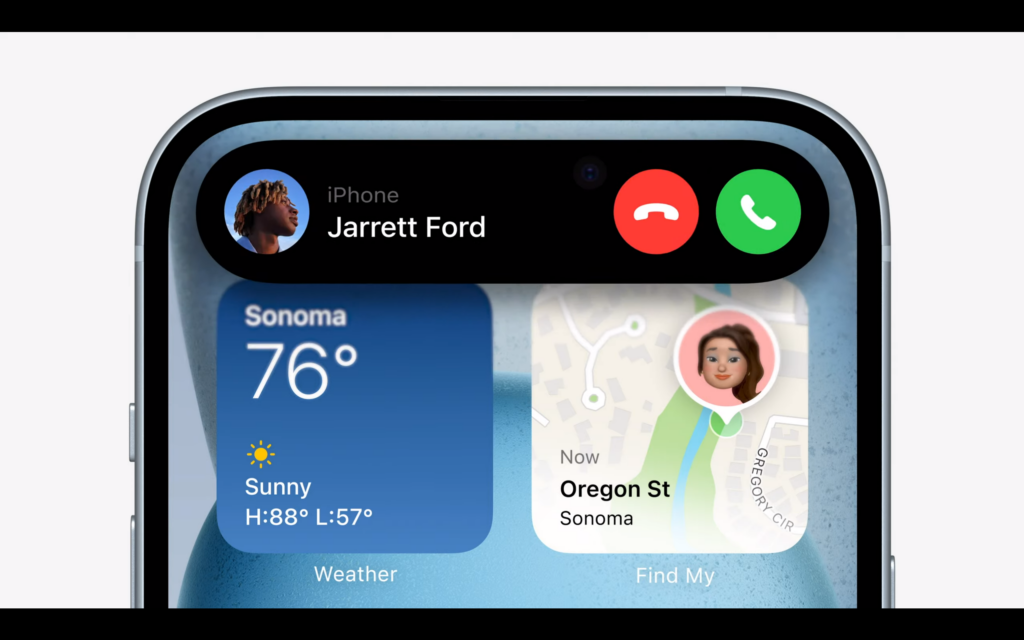
Improved camera array on the iPhone 15
Apple has gone all in terms of the camera; the iPhone 15 will boast a 50-megapixel main sensor and a 12MP telephoto sensor, with support for 4K Cinematic Mode and TrueDepth in the front camera with autofocus.
The Pixel 7 has an impressive camera in its own right, with one of the biggest features coming from the AI. Effects like Magic Eraser allow users to take more control of their photos, with the dual camera setup consisting of a 50MP main sensor and 12MP telephoto lens. Since the megapixel counts are the same on each handset, we will have to see how the respective AI works to strengthen each camera.


